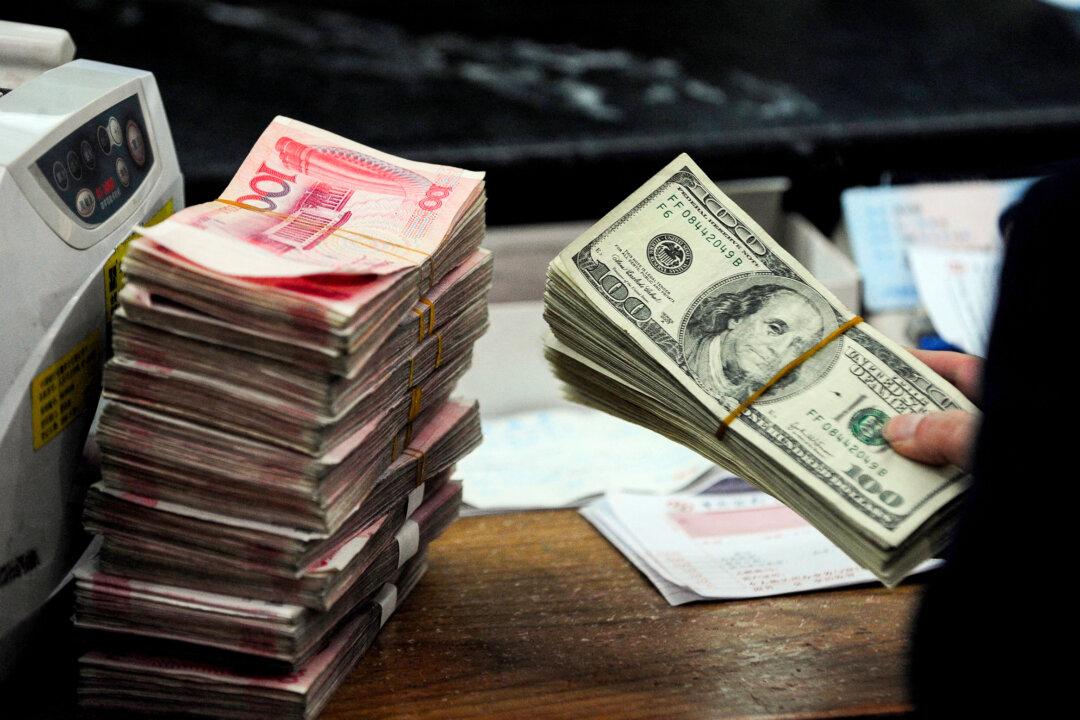Commentary
The Chinese Communist Party (CCP) is in dire straits. Economically, China looks like a basket case after having its growth directed for decades by an ideology of victimhood opposed to the most basic principles of market economics.

The Chinese Communist Party (CCP) is in dire straits. Economically, China looks like a basket case after having its growth directed for decades by an ideology of victimhood opposed to the most basic principles of market economics.